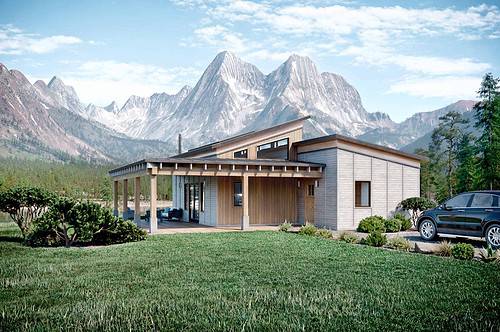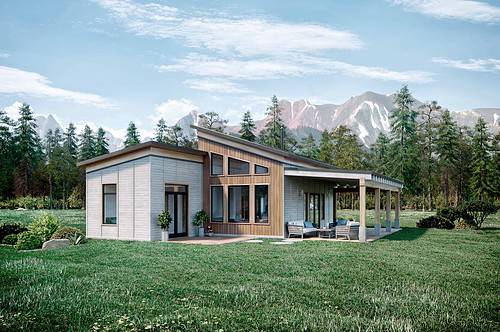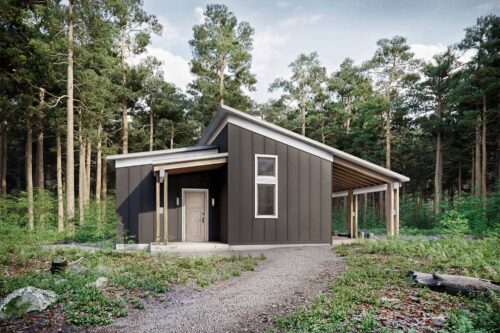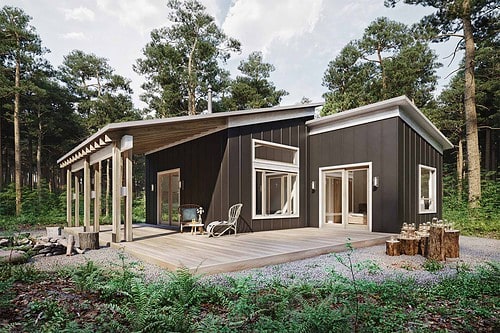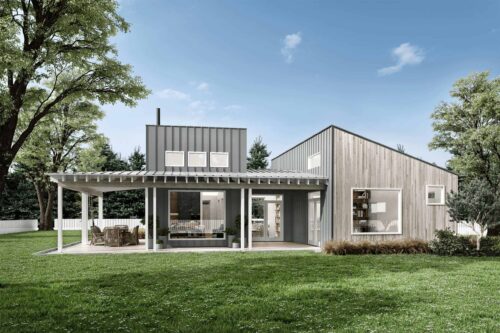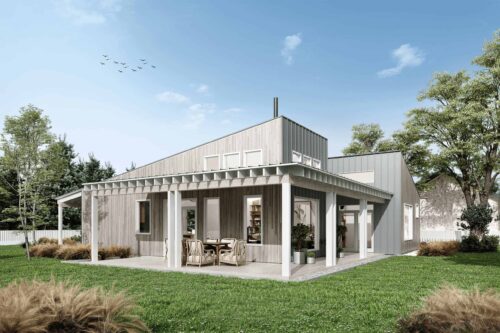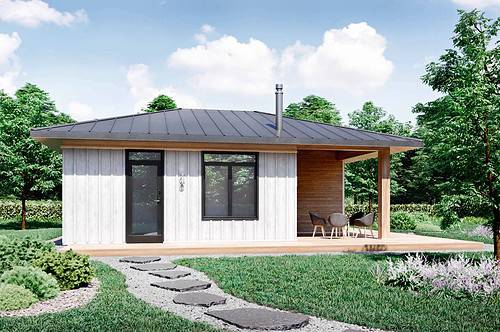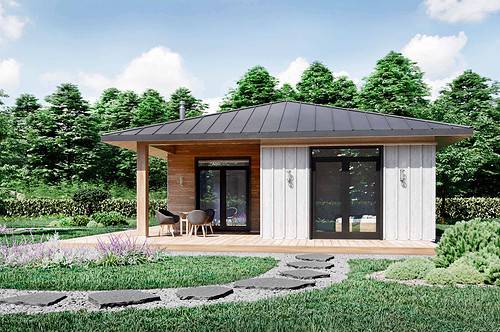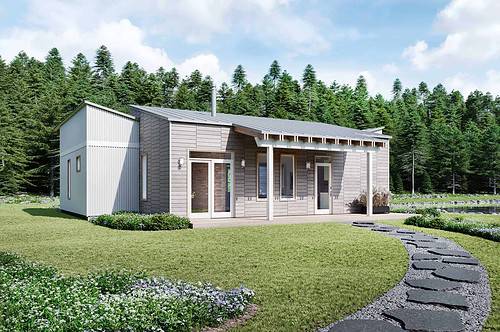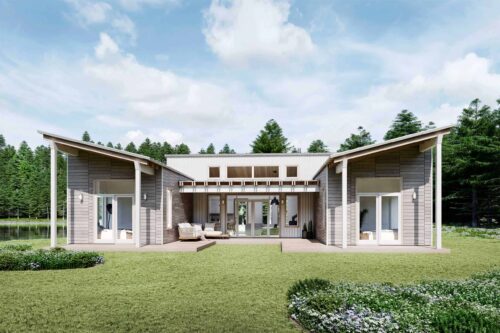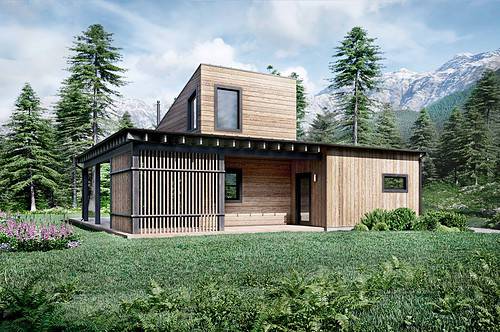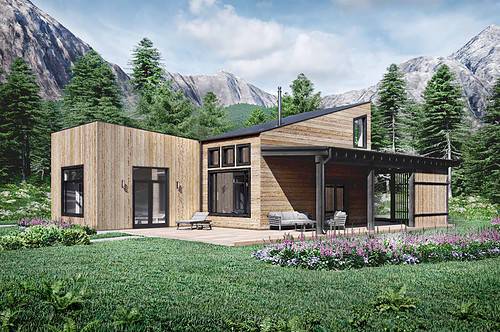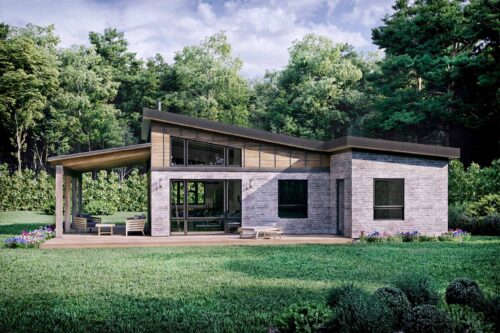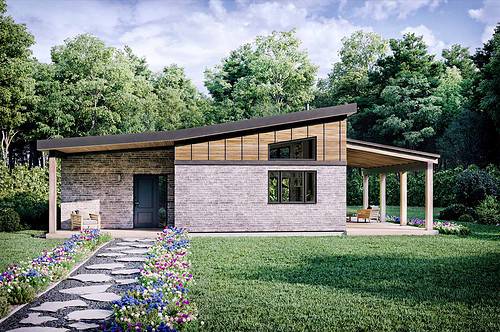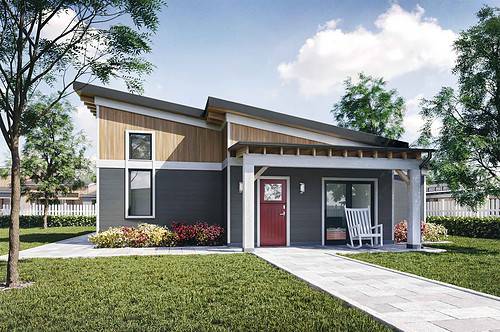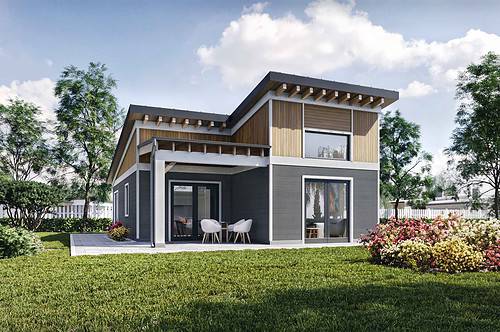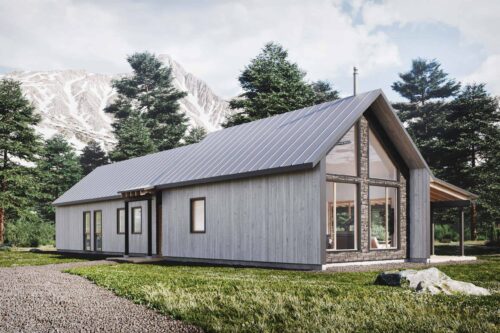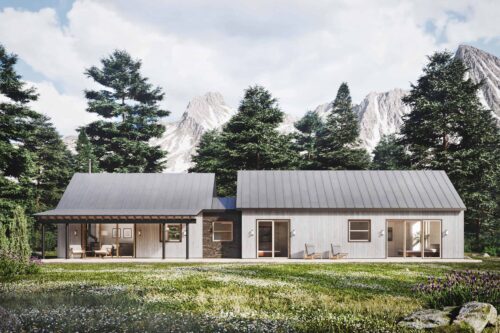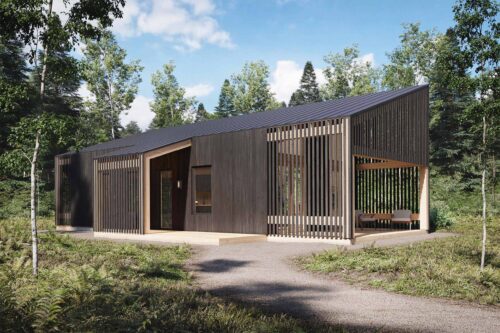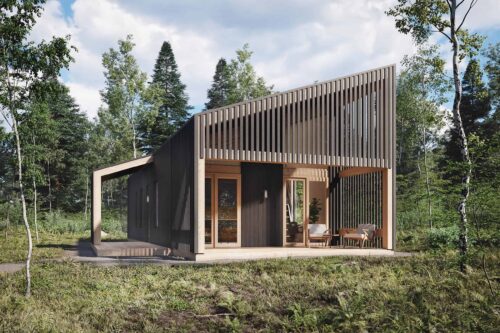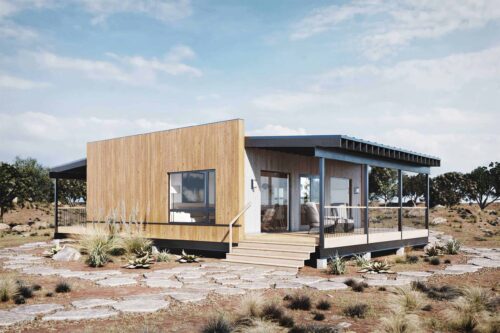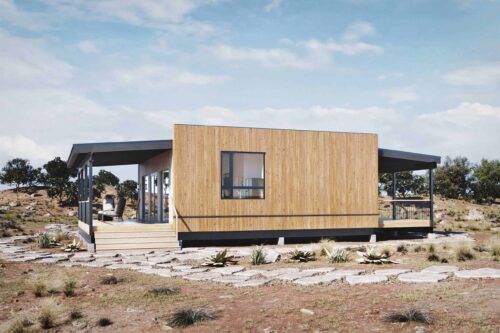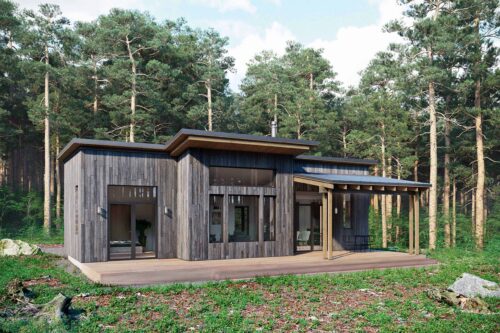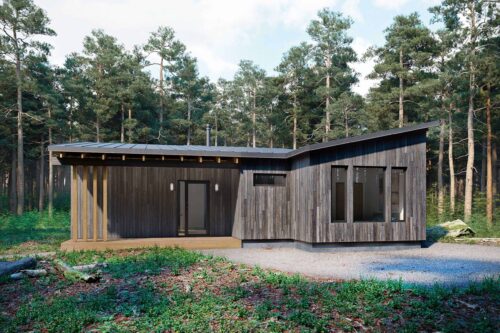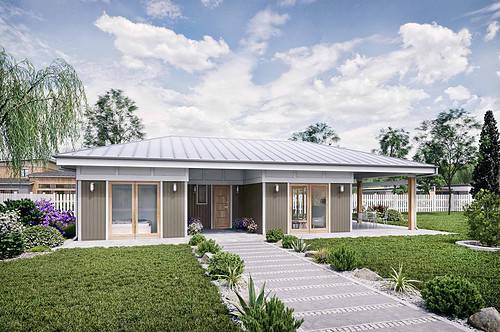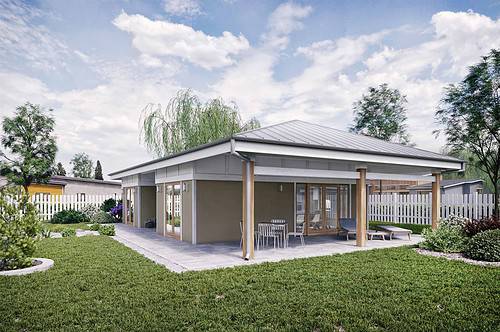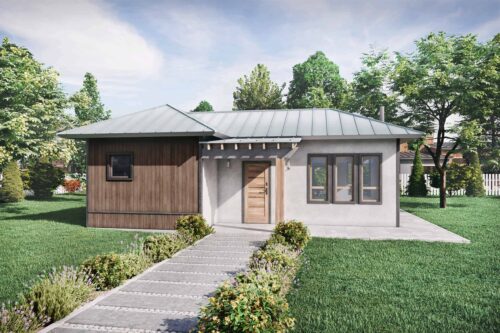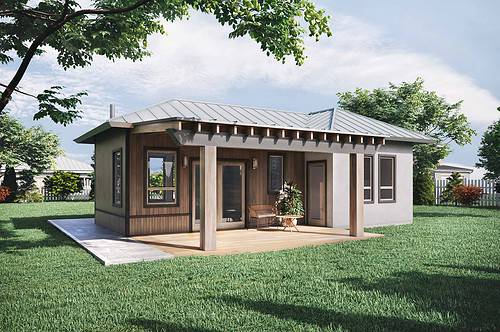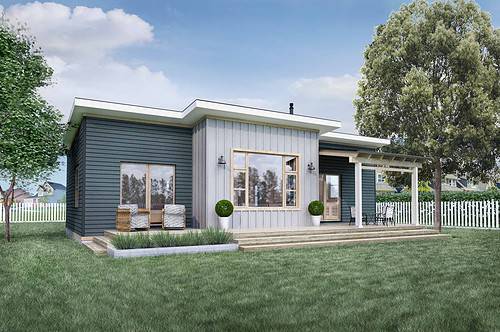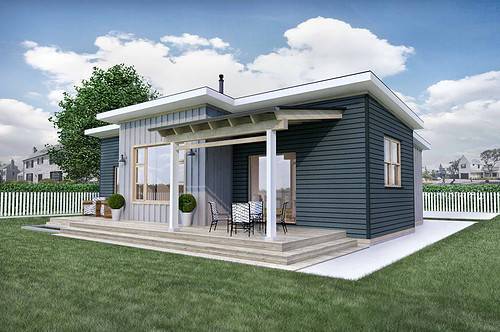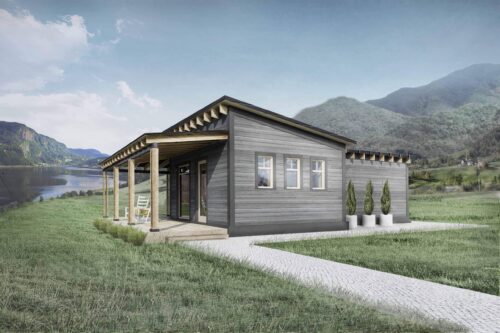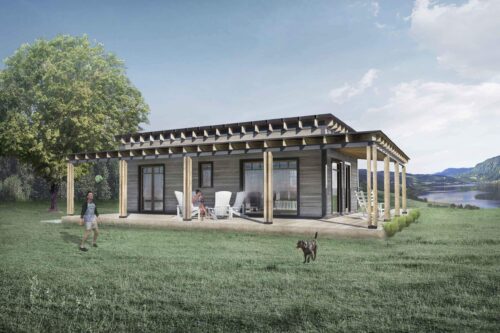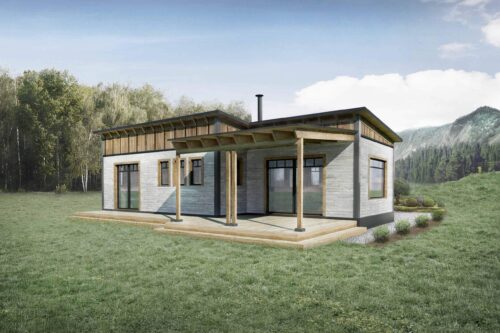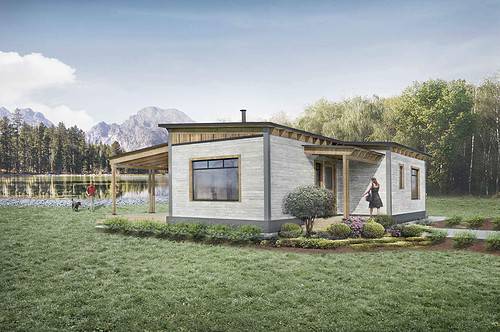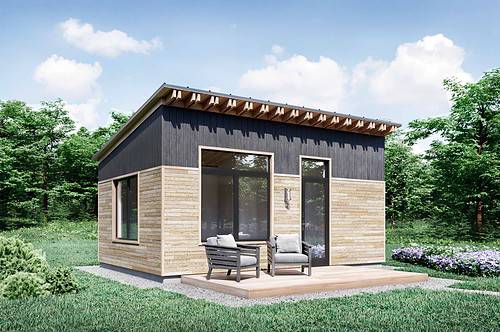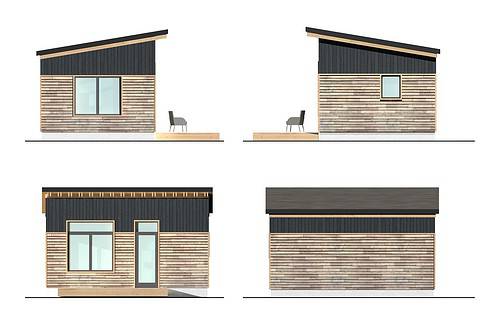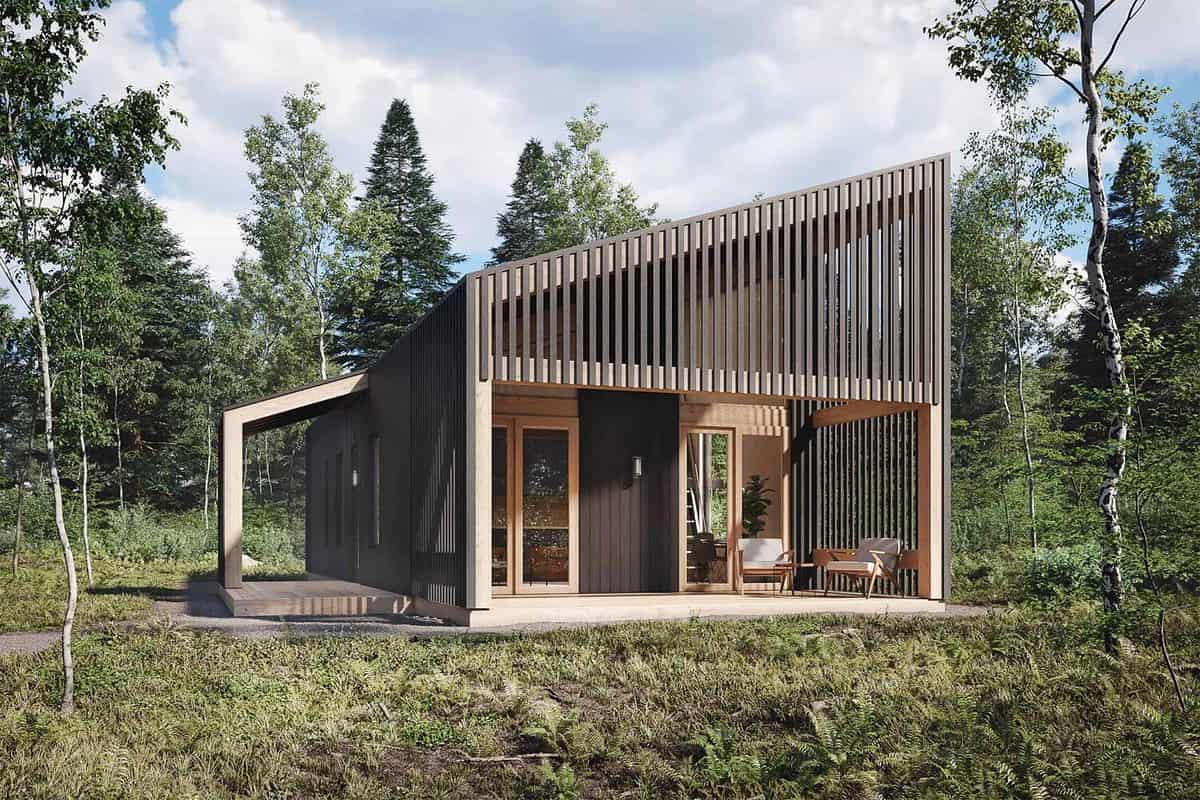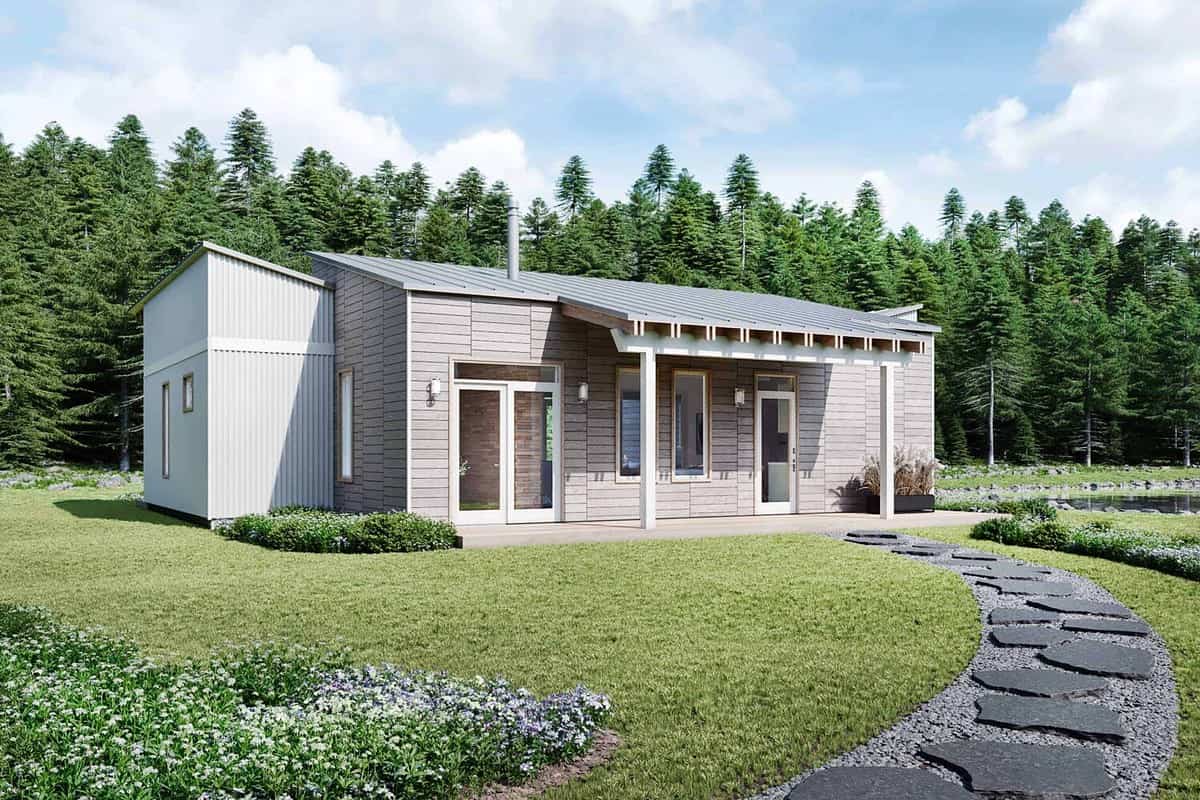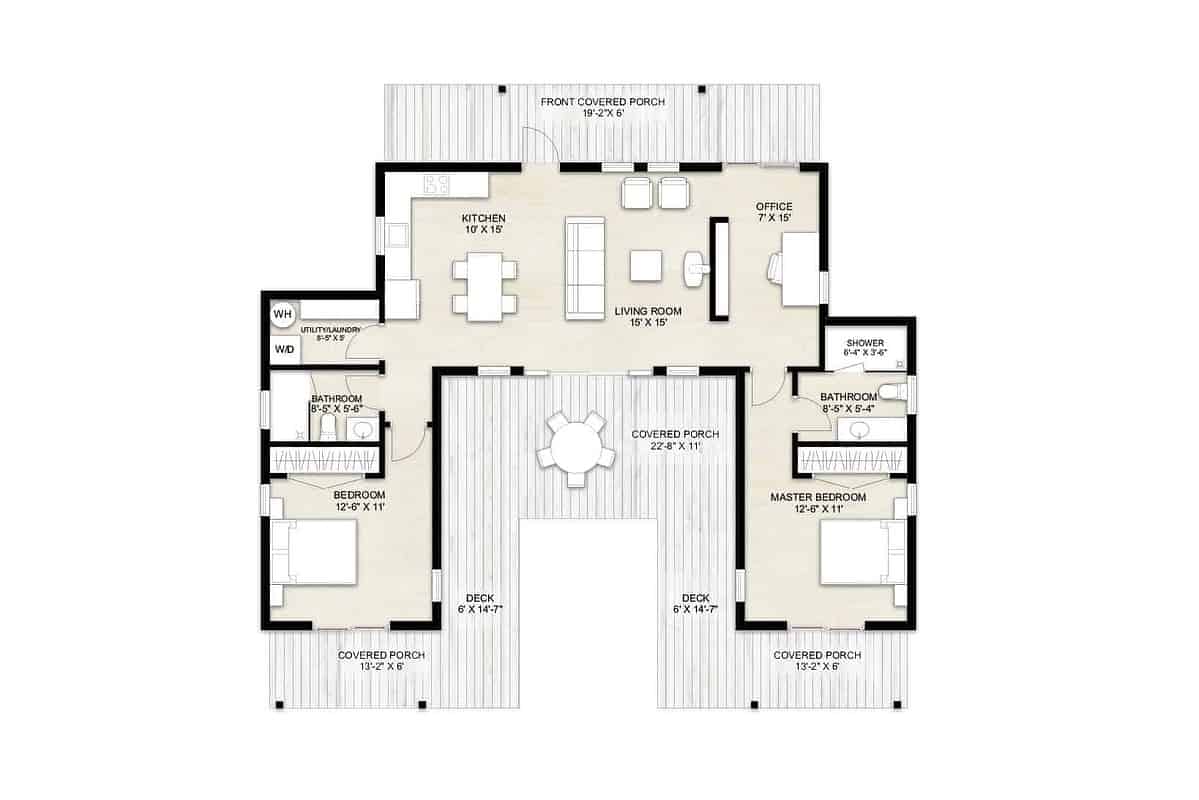No products in the cart.
Designing an Off-Grid House Plan
Once you have a good understanding of what off-grid living entails and have chosen the type of off-grid house plan that suits your needs, the next step is to design your off-grid house plan. Designing an off-grid house plan involves several steps that are important to ensure that the house is not only functional but also sustainable.
Let’s quickly look at a few of these important steps:
Site Analysis
Before you begin designing off-grid house plans, it is essential that you conduct a thorough site analysis. This analysis involves studying the topography, the soil, the climate, and the available resources on your land. A properly done site analysis will help you determine the best location for your off-grid house, the orientation of the house, and the best use of the natural resources available.
Design Concept
Once you have conducted a site analysis, the next step is to come up with a design concept that will meet your needs and suit the natural landscape. Areas that the design concept covers include the style and overall look of the house, as well as its size and layout.
Floor Plan
A floor plan is a detailed drawing that shows the layout of the rooms, the size of each room, and how the rooms connect to each other. When designing the floor plan of an off-grid house, it’s important to consider the size of your family, their needs, and the activities they will be engaging in.
Building Materials
Choosing the right building materials is an important point to be considered when designing an off-grid house plan. It’s critical to choose materials that are sustainable, durable, and energy-efficient. You should also consider using local materials to reduce transportation costs and at the same time, support the local economy.
Energy Systems
Off-grid homes require energy systems that can generate and store electricity independently. When designing your off-grid house plan, you need to consider the type of energy system that’s best suited for your needs. You’d have to choose from systems such as solar panels, wind turbines, or hydropower.
Water Systems
Given the importance of clean water, this is a crucial point when living off-grid. You need to design a water system that can collect, store, and purify enough water for your entire household’s use. A rainwater harvesting system is an example of a popular water system option for off-grid houses.
Waste Management
This is another important factor to consider when designing an off-grid house plan. You need to design a waste management system that allows you to dispose of waste safely and sustainably. Composting toilets and grey-water recycling systems are popular options for off-grid houses. Simply choose a system that fits your unique situation the best.
Tips for Designing an Off-grid House Plan
There are a few tips that our expert architects and designers here at Truoba believe are crucial when designing this kind of plan. We’ll just share a few of these with you.
Keep it simple: When designing an off-grid house plan, it is essential to keep things simple. Avoid complicated designs and systems that require specialized skills and equipment to maintain. Remember the saying – “less is more.”
Use local materials: Using local materials is not only cost-effective but also a way to support the local economy and reduce transportation costs.
Maximize natural light: Natural light is free and abundant, so using it to your advantage can reduce your energy needs and save money on electricity bills.
Optimize energy efficiency: Design your off-grid house plan to be as energy-efficient as possible. This includes using energy-efficient appliances, designing the house to take advantage of natural ventilation, and ensuring that the house is well-insulated.
Plan for future expansion: When designing an off-grid house plan, it’s important that you plan for future expansion. Consider designing the house in a way that allows you to add extra rooms or systems in the future if the need does arise.



